Wearable Technologies Are Giving Us Superpowers—I’m Hopeful, but Also Worried
About six years ago, I found myself looking for a creative outlet and took up the challenge of writing for kids. I was speaking with an editor at a workshop when I found myself in a conversation about STEM/STEAM topics for middle-grade readers. I was hooked!
Waist-deep into research about fourth industrial revolution technologies (4IR), and many drafts later, I landed on the topic of wearables—technology that’s on, in, or attached to your body. Until now, smartwatches have been the most popular kind of wearable. But that’s changing with the next generation of devices. Our brains, skin, eyes, ears, other body parts, and clothing are becoming the new ways we connect with technology.
Immersive technologies like virtual reality (VR) and augmented reality (AR) offer exciting new ways to work, learn, and play. Robotic suits (exoskeletons) help soldiers and factory workers to carry heavy loads safely. And in health care, breakthrough research is happening on many fronts. For example, virtual reality (VR) reduces loneliness and improves brain health in older adults. Brain-computer interface (BCI) technology enables people with severe disabilities to move and communicate; robotic devices allow people with disabilities to live fuller, more active, and more connected lives. The possibilities of wearables to improve our lives are limitless; these are just some examples.
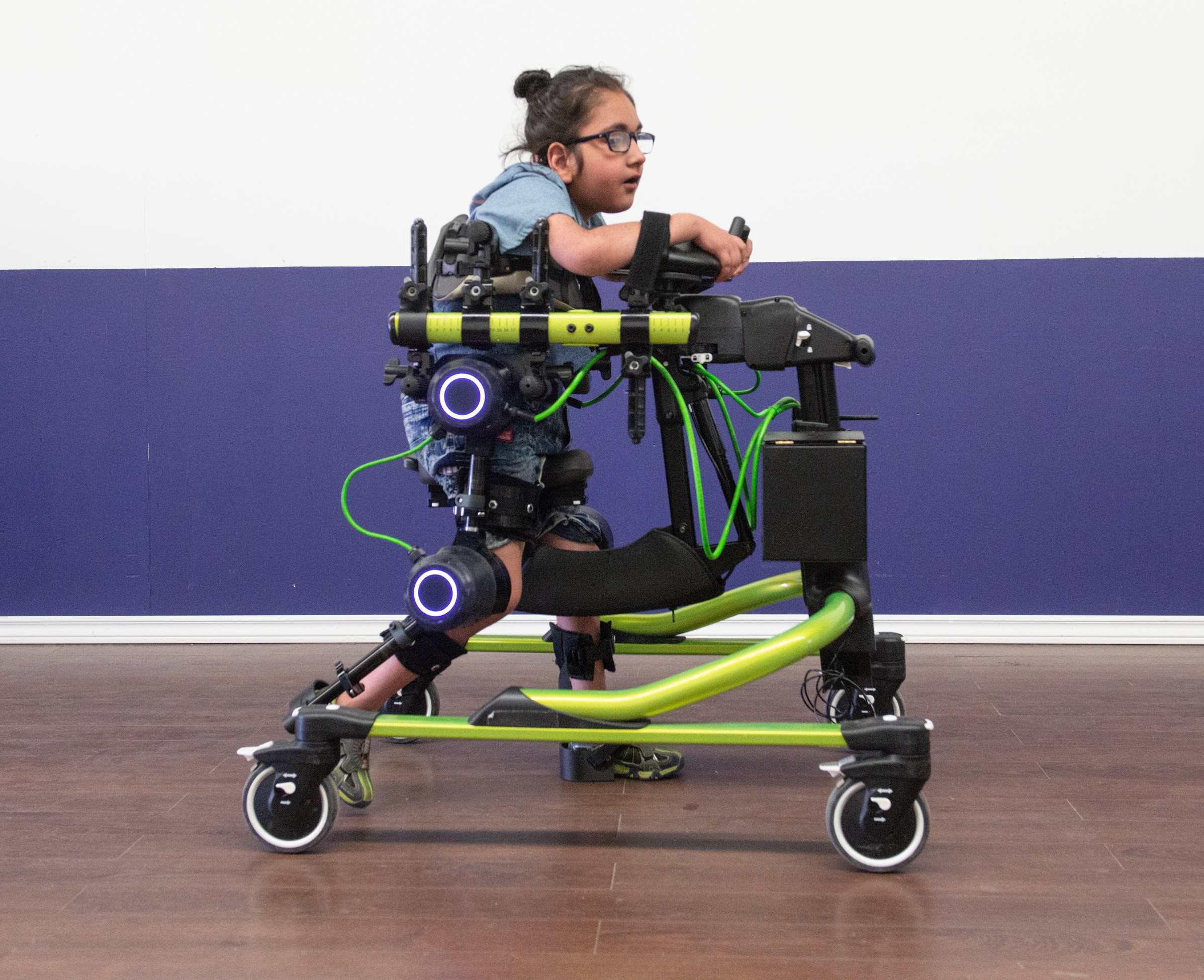
Photo credit: Manmeet Maggu and Trexo Robotics
All good, right? Not exactly.
As I dug further into the research, I learned about many downsides to technology and innovation. Data privacy breaches, device safety, and reliability problems were among the challenges. Even the idea that innovation can go too far, like trust and mental health issues, can arise when living in immersive VR worlds. Experts are warning us about dangers.
I also learned about a “move fast and break things” culture driving tech development, mainly in industry. It means innovating fast, not worrying about how tech impacts people, and being a disrupter. Experts now agree that this mindset is dangerous!
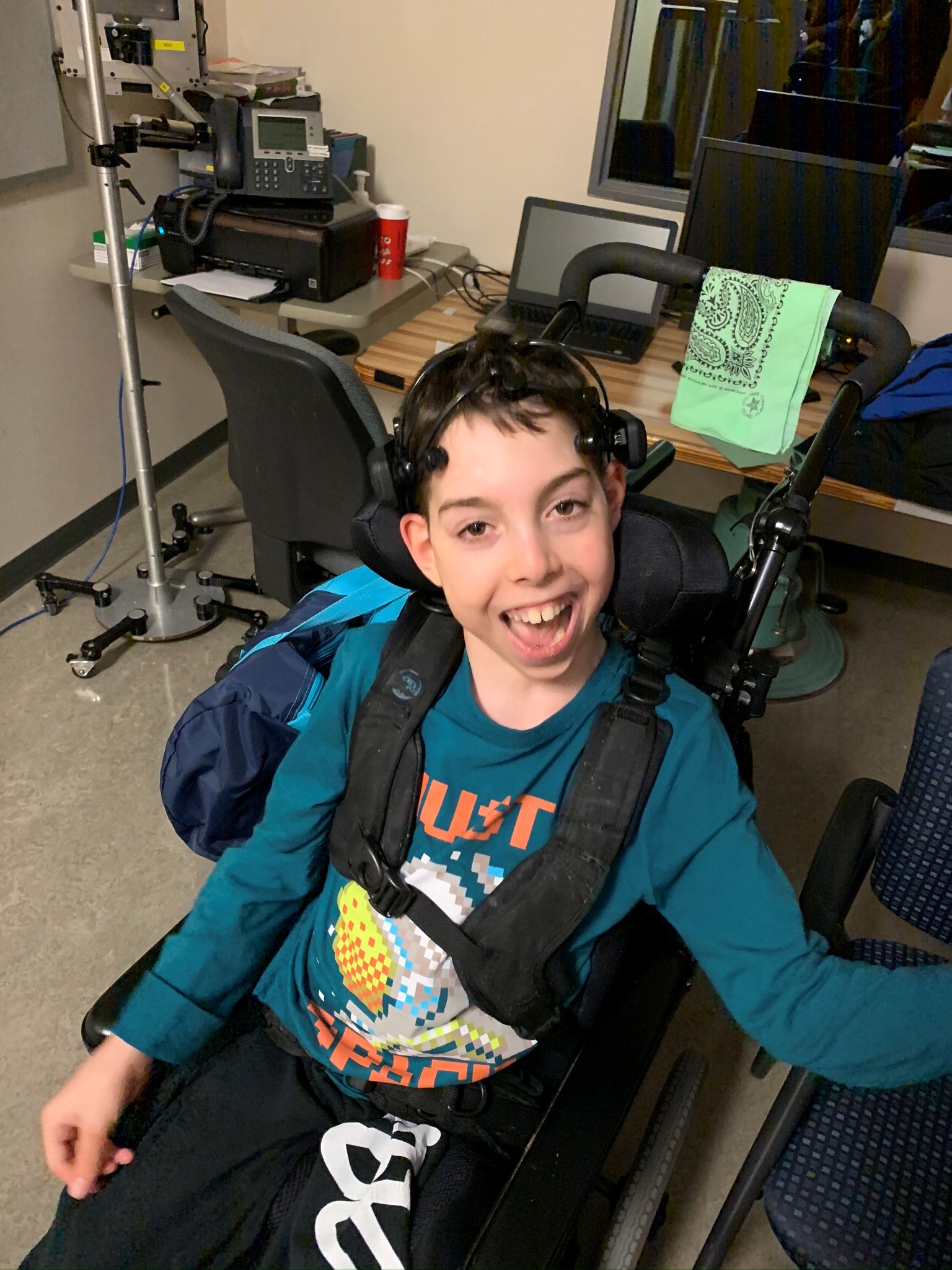
Then, there’s the issue of tech inequities; what if some people have technology to help them and others don’t? The gap may increase as devices become smarter, faster, more precise, user-friendly, and mainstream.
Or, what about the idea that not everyone believes we should spend billions augmenting our minds and bodies with technology? Some people with disabilities are speaking out about this. People see disability differently; people have different abilities. And not everyone with a disability wants to be “fixed.” Many just want a working wheelchair, a job, health care, accessible spaces, and not to be poor.
And let’s remember who the developers are behind this technology. Are they diverse? We have better, safer products only when teams are diverse and inclusive. But are company policies and practices mindful of this fact? And do kids everywhere have access to STEM/STEAM education and training? While some things are changing, there’s more to do to resolve injustices.
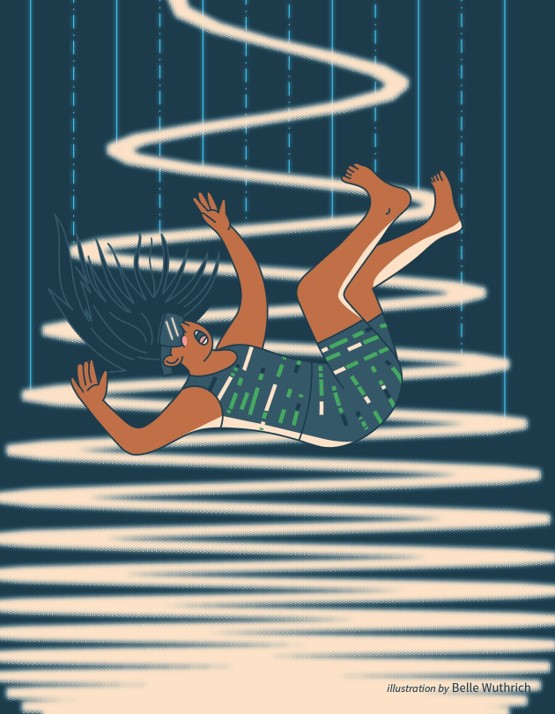
Enter the era of responsible design. For all the issues raised here and more, scientists, engineers, designers, and inventors of all kinds, including young inventors, are on a responsible design mission. They’re asking, how do we innovate safely, fairly, and equitably? How do we reap the benefits of wearable technology but still protect against the harms?
The topic of wearable technology cast a spell on me. I had to think, why was I suddenly so invested? I realized two things: That deep down, this multifaceted topic had to do with health, well-being, and equity. These issues are close to my heart and at the core of my professional work as a health policy researcher, writer, and advisor. And, beyond the blow-your-socks-off cool factor, our society faces many challenges with wearables and tech innovation. I didn’t see these issues reflected in books for young readers, yet kids have a significant role in helping steer the world toward a better future. That’s how the book Superpower? The Wearable-Tech Revolution (Orca, 2022) came to be!
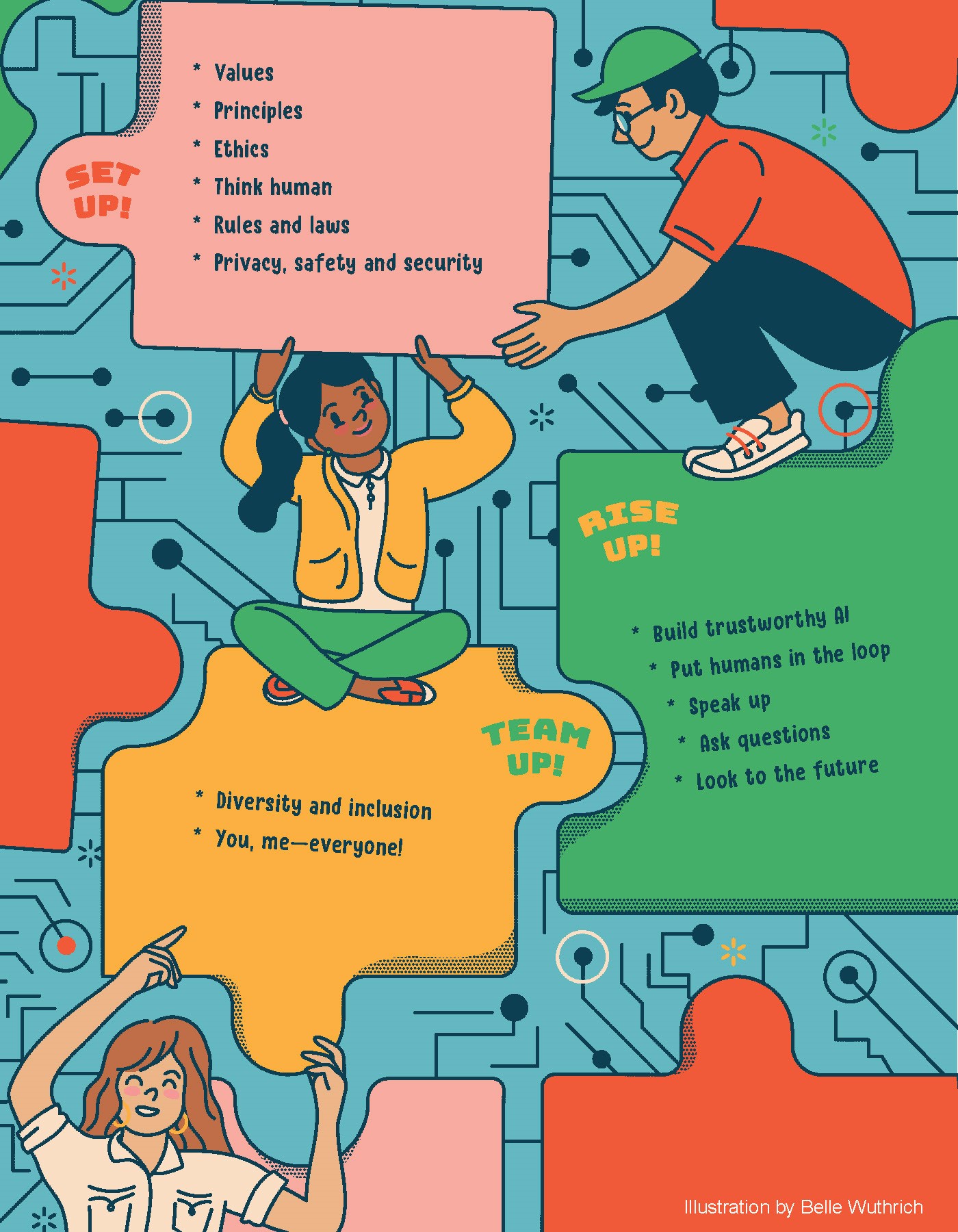
Superpower? is a middle-grade nonfiction book for kids ages 9-12, grades 4-7. It’s part of Orca’s popular Orca Think series. I hope this book inspires young people to think and question the pros, cons, and ethics of technology design and use. I hope it provides insight into how inventors often dream big but also have a big responsibility. They have to face questions like, just because we can build this technology, should we? What if the same technologies that can help and heal us also pose ethical concerns? Finally, I hope readers are intrigued by the young inventors in the book. Perhaps their stories will spark readers’ curiosity to imagine the possibilities of wearables and inspire their interest in STEM/STEAM learning.
Educators, are you looking for resources to help kids consider technology’s pros, cons, and ethics? Along with this book is a Discussion and Activity Guide aligned to the National Generation Science Standards (NGSS) and Common Core State Standards (CCSS). Share the Get Brainstorming! activity sheet with your students. Kids can invent a wearable device (or other technology) by walking through six steps that help them apply the engineering design process, human-centered design thinking, and responsible design ideas. I hope you find these resources helpful!

Hear Elaine Kachala’s Audio Name Pronunciation
Listen to a Meet-the-Author Recording for Superpower?: The Wearable-Tech Revolution
Explore Elaine Kachala’s author page on TeachingBooks
Text and images are courtesy of Elaine Kachala and may not be used without express written consent.

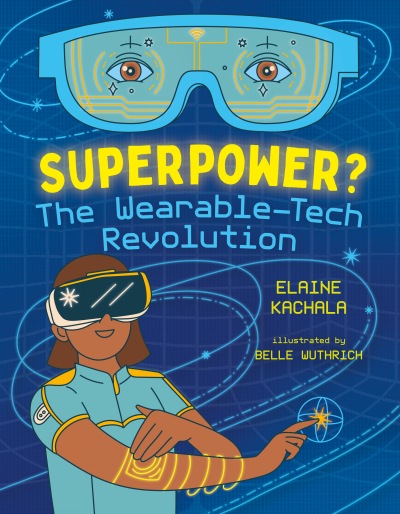
Leave a Reply